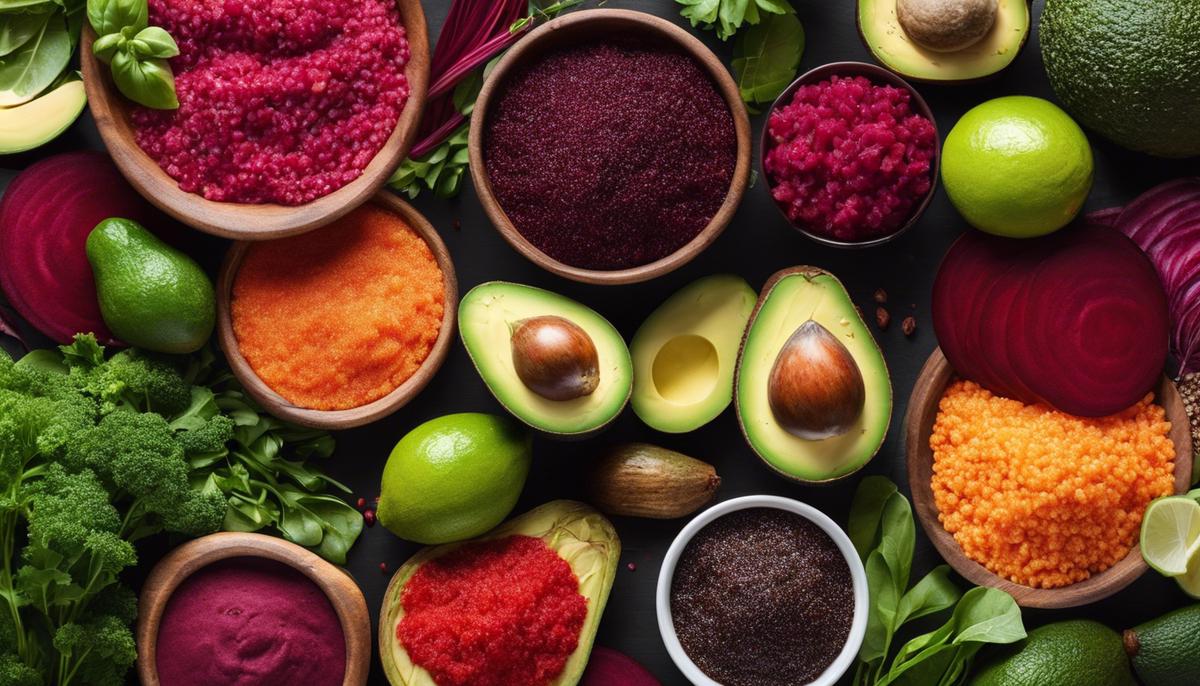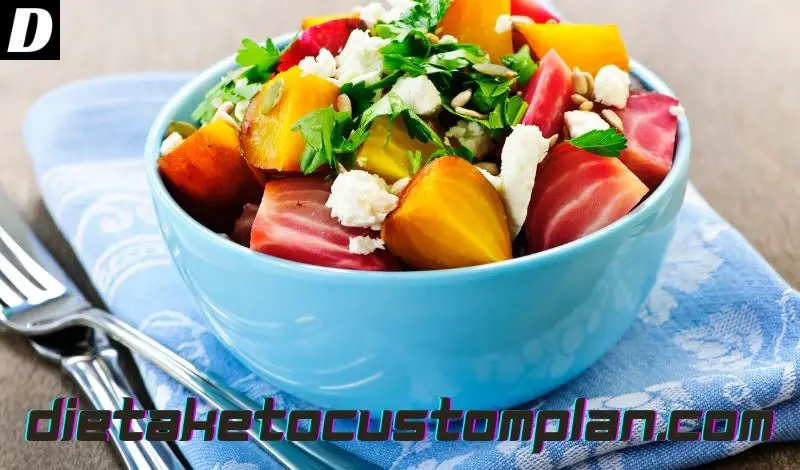Eat Like Royalty, Not a Pauper! (On a Budget)
Feeling the squeeze at the grocery store checkout? You’re not alone. It’s tough to balance the desire for delicious, healthy meals with the reality of a tight budget. We’ve all been there: staring at our pantry, wondering how a handful of rice and a can of beans can transform into a satisfying dinner. The truth is, eating well on a budget isn’t just possible—it’s an art form. It requires a little planning, some smart shopping strategies, and a willingness to get creative in the kitchen.
This guide is your roadmap to conquering mealtime without breaking the bank. Forget bland, repetitive meals. We’re here to show you how to create flavorful, nutritious food that you and your family will love, all while keeping your wallet happy.
1. Become a Meal-Planning Pro
This is the single most effective strategy for saving money on food. Before you even set foot in a grocery store, take 15 minutes to plan your meals for the week.
- Take Inventory: Start by looking at what you already have. Use up that half-bag of potatoes, the frozen chicken breasts, or the lingering vegetables in your crisper drawer.
- Theme Your Days: Assigning themes can make planning easier. Think “Taco Tuesday,” “Pasta Thursday,” or “Soup Sunday.”
- Build a List: Create a detailed shopping list based on your meal plan. Stick to it! Impulse buys are the biggest budget busters.
2. Master the Art of Shopping Smart
Your grocery trip is a strategic mission, not a casual stroll.
- Shop with a List (and a Full Stomach): A shopping list prevents you from buying things you don’t need, and shopping when you’re not hungry prevents impulse buys.
- Compare Prices: Don’t just grab the first item you see. Look at the unit price (price per ounce or pound) to find the best deal.
- Buy in Bulk (Wisely): Non-perishable items like rice, pasta, oats, and canned goods are often cheaper in bulk. Just make sure you’ll actually use them before they expire.
- Embrace Store Brands: Store-brand products are often identical in quality to their name-brand counterparts but cost significantly less.
3. The Frozen Food Aisle is Your Friend
Don’t shy away from the freezer section. It’s a goldmine for budget-friendly ingredients.
- Frozen Fruits & Vegetables: They’re picked at peak ripeness and frozen, so they retain their nutrients. Plus, they don’t spoil as quickly as fresh produce, reducing waste.
- Frozen Proteins: Look for deals on frozen chicken, fish fillets, or ground meat. They last for months and you can thaw only what you need.
4. Legumes are Your New Best Friends
Beans, lentils, and chickpeas are incredibly versatile, packed with protein and fiber, and dirt cheap.
- Buy Dried: While canned beans are convenient, dried legumes are a fraction of the cost. Soak them overnight and cook a big batch to use in multiple meals.
- Versatile Uses: Use them in soups, stews, salads, and curries. Lentil soup is a hearty, filling, and incredibly cheap meal. Chickpeas can be roasted for a crunchy snack or mashed for a sandwich filling.
5. Cook in Batches and Embrace Leftovers
Cooking a large meal once can provide food for several days, saving you time and money.
- Batch Cooking: Make a big pot of chili, a large lasagna, or a huge stir-fry. Portion it out for lunches or freeze some for a quick dinner on a busy night.
- Repurpose Leftovers: Don’t just reheat the same meal. Transform your leftovers! Leftover roasted chicken can become a chicken salad sandwich. Extra rice can be turned into a delicious fried rice.
6. Waste Not, Want Not: Get Creative with Scraps
Food waste is a major drain on your budget.
- Vegetable Scraps: Save onion peels, carrot ends, and celery leaves in a bag in the freezer. When the bag is full, simmer them with water to make a flavorful vegetable broth.
- Stale Bread: Don’t throw it out! Slice it up, toast it with some olive oil and garlic, and you have croutons.
- Roast Chicken Carcass: After you’ve enjoyed your roast chicken, use the bones and skin to make a rich, nutritious chicken stock.
7. Ditch the Expensive Spices
Spices are essential for flavor, but some specialty blends can be pricey.
- Build Your Pantry Slowly: Invest in a few core spices like garlic powder, onion powder, paprika, cumin, and chili powder. You can create endless flavor combinations with these basics.
- Grow Your Own Herbs: A small pot of basil, parsley, or chives on your windowsill is far cheaper than buying fresh herbs every week.
My Secret Weapon: The Smart Kitchen Assistant
I used to struggle with meal planning and grocery lists. I’d spend hours scrolling through recipes, only to realize I was missing half the ingredients. That’s why I was so excited to discover the Easy Meal Planner. This clever little planner opens on your phone and helps you build a meal plan based on the ingredients you already have. It even generates a shopping list for you, optimized to reduce waste and save you money. It’s like having a personal chef and a savvy accountant all in one, and it’s completely changed the way I shop and cook. [Promo Codes]
FAQ: Your Budget-Friendly Meal Questions Answered
How can I eat healthy on a budget when healthy foods seem so expensive?
Healthy eating on a budget is all about smart choices. Focus on nutrient-dense, inexpensive staples like legumes, whole grains (oats, brown rice), and seasonal produce. Lean proteins like eggs, canned tuna, and chicken thighs are also excellent, affordable options. The key is to cook from scratch as much as possible, as convenience foods and pre-packaged “healthy” meals carry a high price tag.
What are the cheapest protein sources I can buy?
The most budget-friendly protein sources are legumes (dried beans, lentils), eggs, and canned goods like tuna or salmon. For meat, look for chicken thighs, ground turkey, or whole chickens that you can roast and use for multiple meals. Tofu and other plant-based proteins are also very cost-effective and can be used in a variety of dishes.
Is it cheaper to cook every night, or should I batch cook?
Batch cooking is almost always cheaper and more time-efficient. By cooking large quantities of food once or twice a week, you save money on groceries (buying in bulk is often cheaper) and energy costs (running your oven once instead of five times). It also minimizes food waste and gives you convenient, ready-to-eat meals on busy days, preventing you from resorting to expensive takeout.
Conclusion: Take Control of Your Kitchen and Your Cash!
Eating on a budget doesn’t have to feel like a punishment. It’s an opportunity to get creative, learn new skills, and feel good about what you’re serving your family. By implementing a few simple strategies—planning your meals, shopping smarter, and embracing kitchen staples like legumes and frozen produce—you can take control of your food costs and your health.
Ready to start your journey to delicious, affordable meals? Check out my other budget-friendly recipes and tips on my website, where you can find more inspiration to make every meal a masterpiece without the hefty price tag.
Visit My Amazon Promo Code Section today to discover Secret Amazon Promo Codes with 50% More Discount Compared to Direct Buying!



